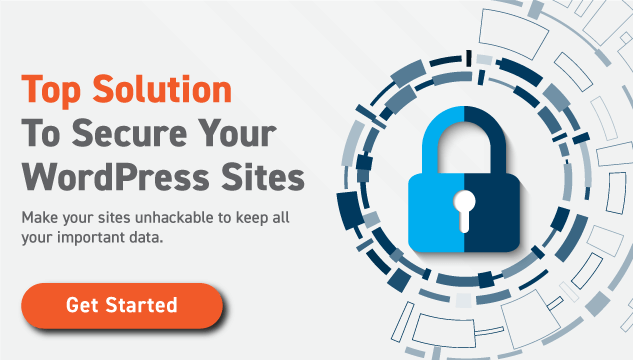You don’t even want to know how many poor, disappointed website owners thought they could solve their slow loading problem by using a static generator, only to find that the process wasn’t nearly that simple. It turns out that if you truly want to get all the benefits of having a static website when you migrate WordPress site, you have to make a plan.
First, let’s get to the question that’s probably been on your mind since we started talking:
What’s a static website?
The best way to understand a static website is to compare it to its opposite: a dynamic website.
Every time a visitor tries to access a webpage from a dynamic website, the website needs to query it from the database as the page loads.
This increases the loading time and puts strain on the server. With a static website, there’s no database to query, and the webpage doesn’t need to be converted because the webpage is stored on the server exactly the way it will look when it’s accessed by your visitors. This makes these sites much faster than dynamic websites.
And it’s not just speed that static websites have going for them. Because they don’t have a database, common database attacks like SQL database attacks and XSS (Cross-site Scripting) just don’t work. So these websites are also more secure than dynamic websites.
Static websites can also handle more traffic than dynamic websites because no matter how many visitors access the webpage, there’s virtually no extra strain on the server.
No wonder so many people want to migrate WordPress site using a static generator. But there are seven important things you need to think about before you the switch.
7 things to consider before using a static generator
1. It’s not as easy as it looks
When you migrate WordPress site using a static generator plugin from WordPress, setup can be complicated.
Before you use the static generator plugin, you need to move your WordPress installation to a subdomain then set up your main domain in the plugin settings to get your static files. FLATsite seeks to eliminate the complexities of static generators and plugins.
Since FLATsite has WordPress backend built in, you just need to set up your sites then deploy them. During deployment, FLATsite automatically generates static sites for you.
2. You might need to set up a CDN
A CDN (Content Delivery Network) sends your webpages to your visitors from whichever server is closest to them, which results in a site that loads more quickly. (The closer a server is to you, the faster websites hosted on that server will load in your browser.) So, if you want one, you’ll have to set it up yourself.
3. Your contact form plugins won’t work
When you create contact forms with WordPress plugins, these won’t work with a static generator plugin. That’s because contact form plugins are a dynamic function.
They need to communicate with the site’s database to work.
And static sites don’t have databases.
This doesn’t have to be an insurmountable hurdle, though. You could just use one of the hundreds of available contact form services and customize the design to your brand.
4. You’ll have to replace your WordPress search and WordPress comments
The WordPress search feature and WordPress comments feature also function dynamically, which means they won’t work with a static website. So, if real-time commenting is a major part of your website, you’ll need to consider this. That said, there are also third-party alternatives that you can use for this – Disqus is one of the easiest-to-use alternatives.
If you don’t like the idea of using a third-party service to manage your comments, and you absolutely need to have a comment feature on your website, a static generator might not be best for you.
5. Pay attention to the deployment time
Unlike a dynamic website, a static generator republishes the whole site every time you make even a tiny change. So, if you make a change to your website with ordinary static generators, you will have to wait a while before you see what it looks like.
With FLATsite, this isn’t the case. It first deploys the new changes so that you can see it right away! If you’re not willing to sacrifice deployment time then, you should probably stay away from ordinary static generators.
6. Your error pages will be boring
Static websites are streamlined for speed and security, so they tend not to waste resources on things like pretty error pages. If you value speed, security and efficiency above all else, then go ahead and use them. If you don’t mind having a slower, slightly less secure website, then keep your website dynamic.
7. You’re on your own (with a plugin)
When you use ordinary static generator plugin, you’re on your own if you ever run into a problem with bots and hackers. But if you use a proper static generator service like ours, you’ll have 24/7 access to our patient, knowledgeable customer support staff, so you’ll always have someone to walk you through anything you don’t understand. This will be invaluable to you whether you’re a layperson, an agency, or a developer.
The Takeaway
Static generators add an extra layer of speed, stability, and security to your website, but that doesn’t mean you should get one blindly. So, before you convert your dynamic website into a static one, use our guide to help you decide.
Good luck!







